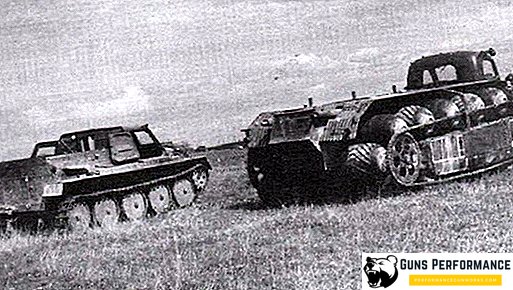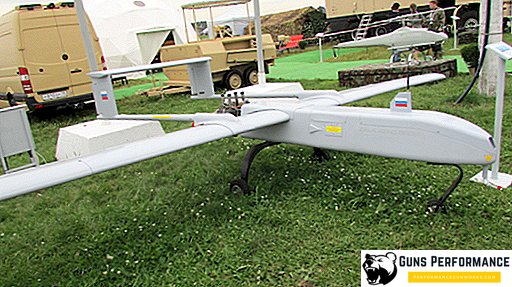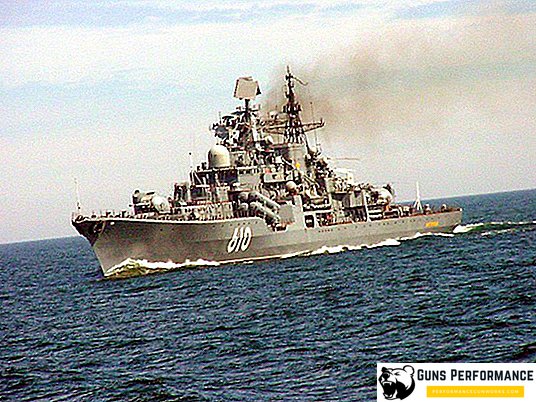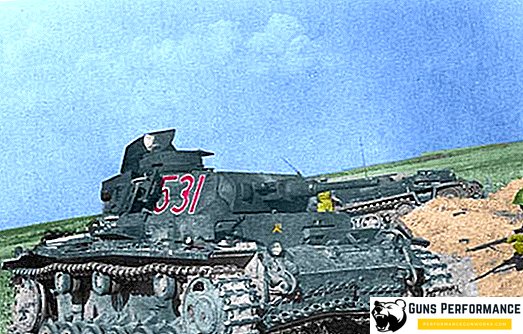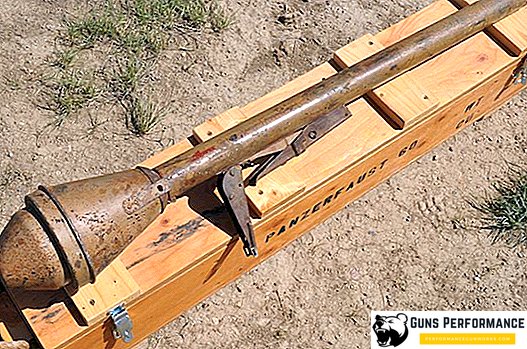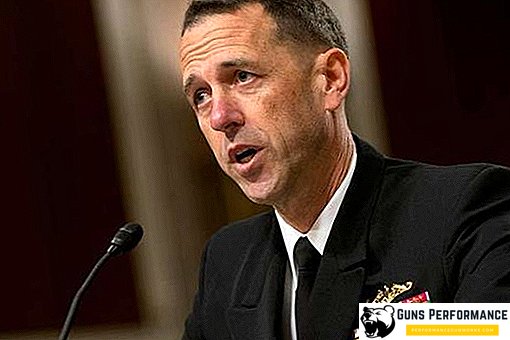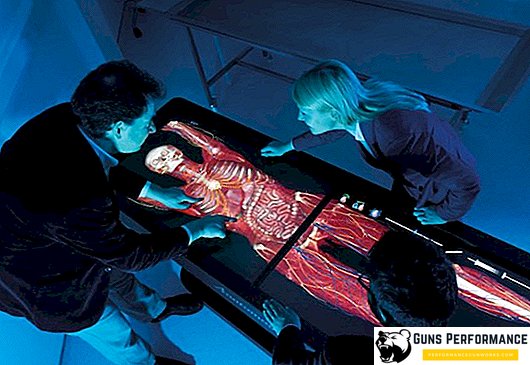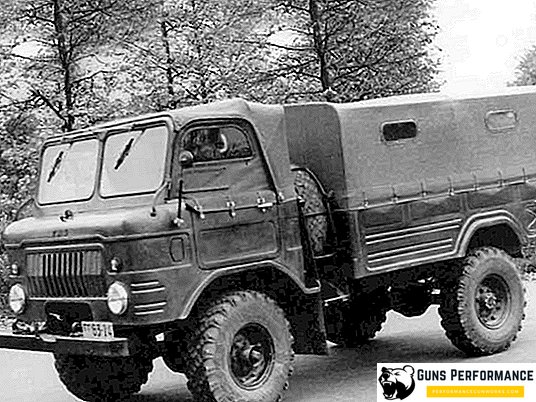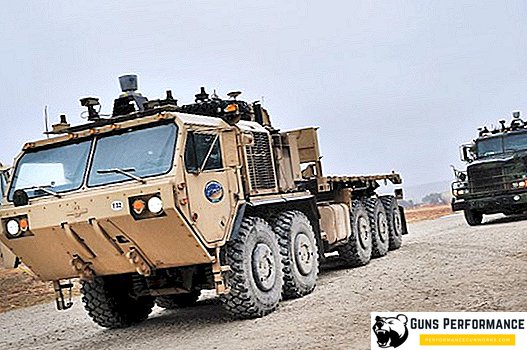
Modern technology has become an integral part of human life. Smart systems are used by apartments and country cottages, and now they have reached the military sphere. In the future, US troops will receive trucks that will independently determine the damage and order the necessary parts in 3D printing.
Automatic self test
A technological breakthrough was reported by Lt. Gen. Michael Dana, specializing in installations and deliveries. A new generation of 7-ton trucks will self-diagnose, find worn parts and order their 3D copies. And all this without the full participation of man. According to him, work is already underway to install these systems on cars.
Some high-end equipment has already applied these technologies and has proven itself well. The corps of the national infantry gained invaluable experience and significantly saved time. Previously, they had to independently search for worn parts, order them in stock and replace them. “Take a look at Tesla, their vehicles get automatic updates, this is actually a computer on wheels,” said Dana, adding: “These opportunities exist in the private sector. I hope we can implement them in the military sphere.”
Trial testing was conducted in the summer of 2017. It made it possible to increase efficiency by freeing labor from the daily routine. The National Corps has used 3D printing for various purposes before. In 2016, a special Invent3D printer was released for the production of standardized parts (for example, door handles), and a specially created department of the Armed Forces printed ammunition.
Autopilot will save the lives of military personnel
Recently it was reported that the US Department of Defense ordered 70 unmanned vehicles for the army. In war zones, the columns are under serious threat (ambushes, mines, etc.). New development will help minimize the risk of loss of personnel. They should be available to the MoD already in 2020.
For the time being, the American Armed Forces insist that, at the initial stage, the head car should be driven by a person. The fact is that while the autopilot does not work as perfectly as required. It may lose orientation in space when an unforeseen situation occurs. Clouds of dust may cause confusion when following a rough terrain or a sharp turn around a corner in the city. A truck must go around not only big obstacles (walls, people or other vehicles), but even pits on the roads. At the same time, they should not stop when small objects appear (high grass, sticking out branches or dust clouds). For an ordinary person, this is not a problem, but artificial intelligence is quite difficult to teach such nuances.
Oshkos and Robotic Research volunteered to solve this problem. The truck will be able to pass from point "A" to point "B" on a predetermined route. The most difficult thing in this task is to force the autopilot to follow a certain path, but not to encounter anything. For this reason, Tesla and Uber civilian vehicles have already killed three people. Military development receives data for movement using both conventional GPS and the inertial navigation system (INS) - combinations of gyroscopes, accelerometers, and complex mathematics. It is selected depending on environmental conditions. This makes the system more versatile for any environment.
Oshkos engineers are working on Robotic Research autopilot system, which will be installed on military trucks M1075 PLS. They will achieve complete autonomy. The planned large-scale presentation in 2020 depends on testing in 2019. At the end of next year, prototypes will be put on public roads to ensure proper system reliability and safety.
Field trials will begin when autonomous vehicles are handed over to the use of the army. In the process of testing, the servicemen of the National Corpus will form columns of 10 trucks each, which will lead the vehicles with full autonomy. If this is the case, then the technologies shown in science fiction films will already be tomorrow.



